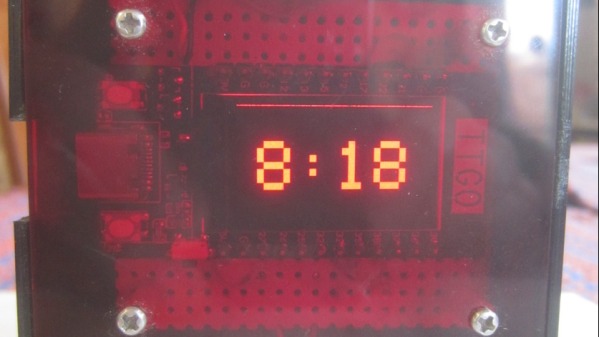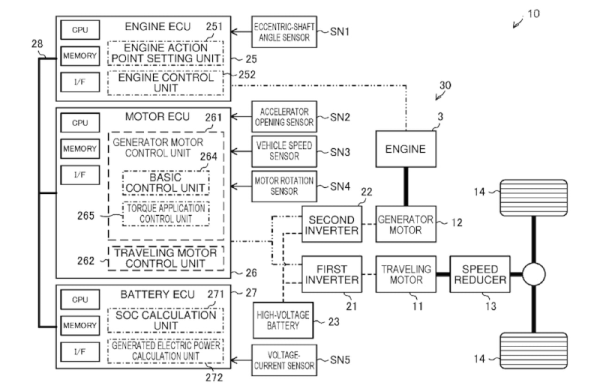While some of us can fall asleep anywhere from a noisy auditorium to a brightly lit train station, others are more fussy, requiring quiet and dark to nod off. [Craig Lindley] likes to minimize light when he’s trying to sleep, and decided to build himself a simple clock that wouldn’t disturb his rest.
The basic concept was to build a clock that would only display the time on command. In this case, that command would be a wave of a hand in front of the clock. The build is based around a Lilygo ESP32 T-Display unit, which combines the ESP32 with an LCD display and a battery management system. The ESP32’s WiFi connection provides accurate time via querying an NTP server. A passive infrared motion sensor is used to detect the motion of the user’s hand in front of the clock.
While all kinds of clocks and clock radios are available out there, few are motion activated. [Craig]’s work is a great demonstration of building your own solutions to your problems. We’ve seen some other neat motion-sensing convenience hacks before, too!















